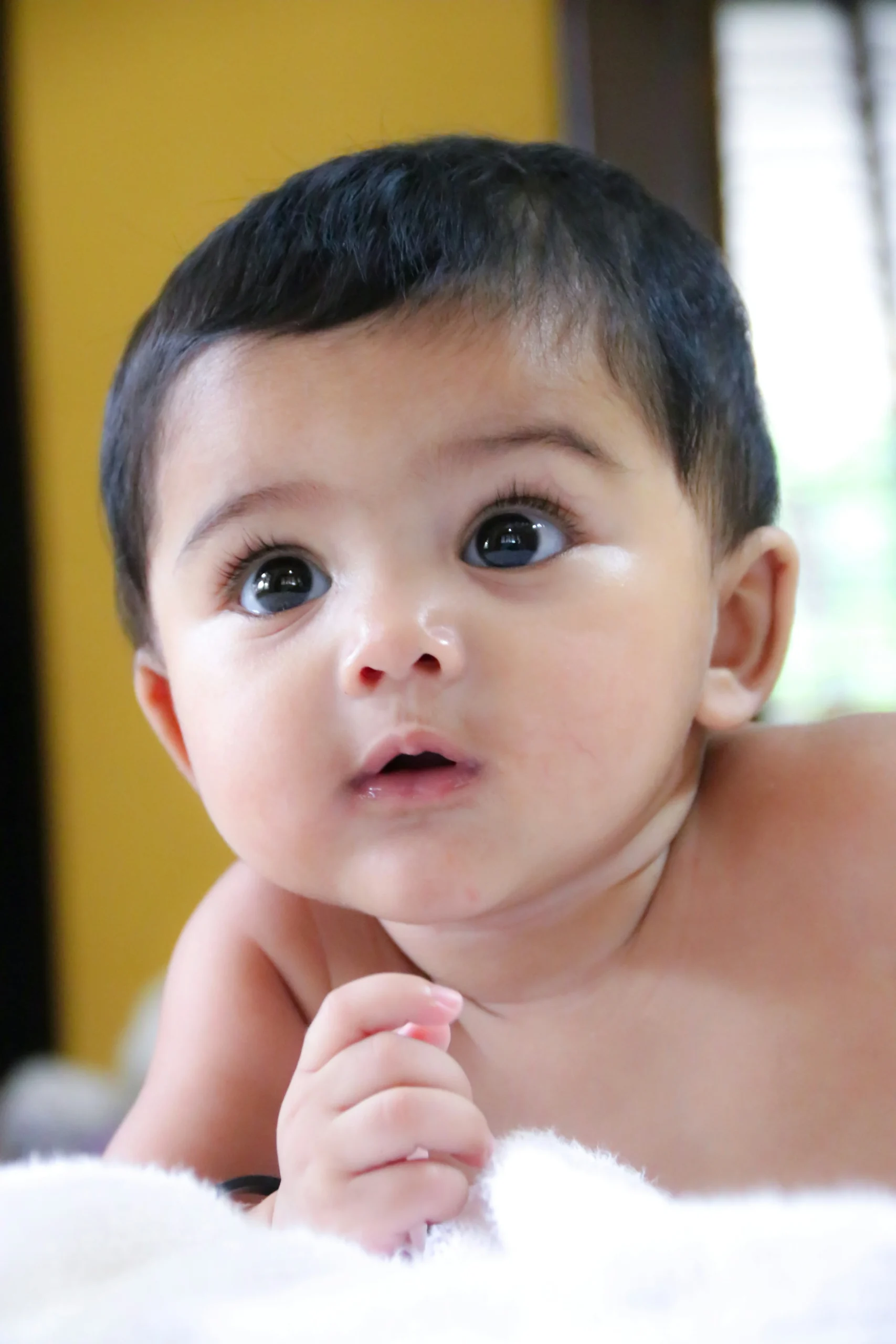Updated: Jan. 27, 2015
Originally Published: July 7, 2011
The weather was stunning today—a refreshing 65 degrees with a clear, vibrant blue sky. I gathered our large red wagon, packed it with sippy cups and snacks, and set off with my two children: a boy and a girl, ages three and nearly two. Both are highly sensitive, with my son displaying a touch of sass. We hopped into the car, ready to join the throngs of families heading to the zoo to enjoy the beautiful day.
As my younger child relished the leisurely wagon ride, my son confidently approached each animal enclosure, peering through the fences. Just yesterday, he had been clinging to me in the occupational therapy office, where we had gone for a screening. His well-intentioned Mother’s Day Out teachers suggested he might not be quite ready for preschool.
My son, with his sparkling honey-colored eyes that light up at the sight of tigers, lions, and giraffes, is exceptionally sensitive and often exhibits babyish behavior. He just turned three a couple of months ago, and at home, he frequently resorts to whining or crying when things don’t go his way—whether it’s about a cookie that fell or the way his sister looks at him.
At school, however, he transforms. He asks for a hug, wants reassurance that I will return after lunch, and then goes into the classroom. He’s the quiet child who doesn’t cry, never takes toys from others, and is primarily interested in the train tables, the playground, and the books. Yet, during circle time, when he’s called upon to participate, he becomes visibly anxious, shrinking back into himself. It’s a stark contrast—like a butterfly retreating into a cocoon. He simply shuts down; his muscles tense beneath his shirt, and his mouth droops.
I once observed a circle time session, feeling a mix of anxiety and helplessness. “Come up here,” a teacher gently beckoned. He remained still, perhaps hoping to be overlooked. “Stand up,” she prompted again. Slowly, he complied, moving like a character from a Charlie Brown comic strip.
“Can you pick out the yellow triangle and put it on the board?” But he froze once more. I watched the scene unfold from a distance, biting my nails in frustration, silently urging him to just do it.
“Lean down and pick up the shape,” the teacher encouraged. He followed, albeit slowly and mechanically. “Now, put it on the board,” she directed. He hesitated again, appearing glued to the floor. My internal dialogue was pleading, “Just move! You can do this!”
Eventually, he placed the shape on the board but remained standing there, his posture drooping as if a weight had been lifted off him once the attention shifted elsewhere. I understand my child well—I spend nearly all week with him, aside from the eight hours at Mother’s Day Out. The teachers might not witness his emotional struggles or understand how much he avoids being the center of attention.
To address these concerns, we embarked on a journey to occupational therapy for an objective assessment. After coaxing him away from my side, I seated him in a small chair across from a kind therapist. She handed him a crayon, and despite being left-handed, he awkwardly grasped it in his right hand, nervously shielding his forehead with his left arm as he timidly dotted the page.
From my vantage point, I couldn’t help but feel anxious as well. The therapist outlined various activities—cutting, drawing, and identifying objects—many of which my son struggled with. The term “mildly developmentally delayed” was mentioned, leaving me to wonder if a child just turning three truly needed to master the use of scissors.
However, today, at the zoo, my son stands among hundreds of other joyful children, captivated by the slow-moving animals and the bright sunshine. In this moment, he resembles all the other kids around him. Do they also carry hidden struggles?
Children possess an uncanny ability to tug at their parents’ heartstrings, but today feels different. Perhaps it’s the invigorating warmth of the sun or the gentle breeze rustling the leaves. Maybe it’s simply my sweet boy, showering me with hugs and “I love you’s,” his tousled curls bouncing with excitement. For today, I momentarily glimpse the beauty in my son, who, despite being labeled “imperfect,” brings so much joy and love into our lives.
For more insights into family planning and tips on enhancing fertility, you may find useful information at this link. Additionally, you can explore this article for more on home insemination strategies, and for a comprehensive overview of artificial insemination, check out this excellent resource.
Summary:
This article reflects on the experiences of parenting a sensitive child, highlighting the challenges and joys that come with it. The narrative emphasizes the transformation observed in the child, from a shy demeanor at school to a confident presence in a comforting environment, ultimately recognizing the unique beauty in a child labeled as “imperfect.”
